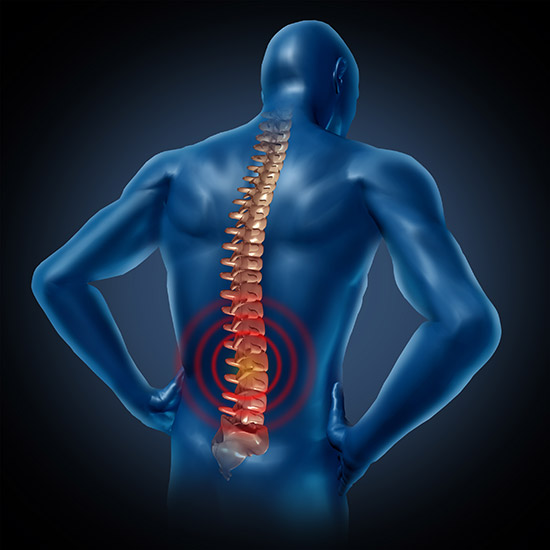 Driving for long periods of time creates a significant amount of strain and stress to the muscles in your neck, lower back and upper back. A lot of this strain can be alleviated by having proper posture while driving. Yup, that’s right, sit up straight, no slouching behind the wheel!
Driving for long periods of time creates a significant amount of strain and stress to the muscles in your neck, lower back and upper back. A lot of this strain can be alleviated by having proper posture while driving. Yup, that’s right, sit up straight, no slouching behind the wheel!
Bad posture while driving can lead to headaches, neck pain, backaches, numbness and swelling of the legs and feet, just to name a few things. Over time, bad posture can also lead to long-term, negative health effects; common amongst long-time drivers is chronic back pain.
What Slouching Behind the Wheel Does to You
Your spine runs from the base of your skull to your tailbone and is made up of 33 vertebrae. In between each vertebra is a disc made up of collagen and ligament that act as shock absorbers as your body moves. Despite air ride suspension, air seats, and air ride cabs, your body still does a great deal of bouncing while in the driver’s seat. It’s important to align your body to absorb the shock to keep you moving for years to come.
Slouching behind the wheel, or in general, puts our vertebrae at a bad angle, putting more strain and pressure on the discs; preventing them from absorbing the shock as they are meant to. Over time, this can cause the discs to weaken, degrade and even burst or herniate.
Life in the driver seat comes with additional external pressure and stress on the body. We may not always notice it because it doesn’t always come with pain, but there is a constant pulling, pushing, bumping, jarring motion happening in the driver’s seat. It is this constant, combined with poor posture that brings about the long-term impact on your body.
How to Perfectly Align Yourself
- Start by pushing your seat all the back, putting it as low to the ground as possible and reclining it by about 30 degrees. This will be the absolute wrong position, but when adjusting your seat to align yourself and your posture, it’s better to start from ground zero.
- Recline your seat forward until you reach a comfort level. An angle of 100 to 110 degrees will decrease the pressure on your lower back.
- Set the seat height by adjusting until you can comfortably see the road and dashboard displays. The goal is to have your hips at relatively the same height as your knees, or slightly lower than your knees, so that your lower body doesn’t create a V-shape.
- Bring the seat forward so you can reach and completely depress all the pedals without coming away from the back of the seat.
- Adjust the steering wheel down and towards you minimizing the forward and up position of your arms. This will reduce the strain on your neck and upper back.
- Adjust the lumbar support to give your back even support, top to bottom. The lumbar support should be supportive and comfortable.
More Tips for Keeping Good Posture
- Don’t drive with your wallet in your back pocket, this offsets your hips and puts undue pressure on your spine.
- Keep your feet flat on the floor.
- Keep your ankles in front of your knees.
- Relax your shoulders and keep your forearms parallel to the ground as much as possible.
- Avoid sitting in the same position for long periods of time; shifting back and forth and side to side is okay.
- Sit so the back of your knees are not touching the front of the seat. This will keep your circulation flowing and prevent your legs and feet from going numb.





